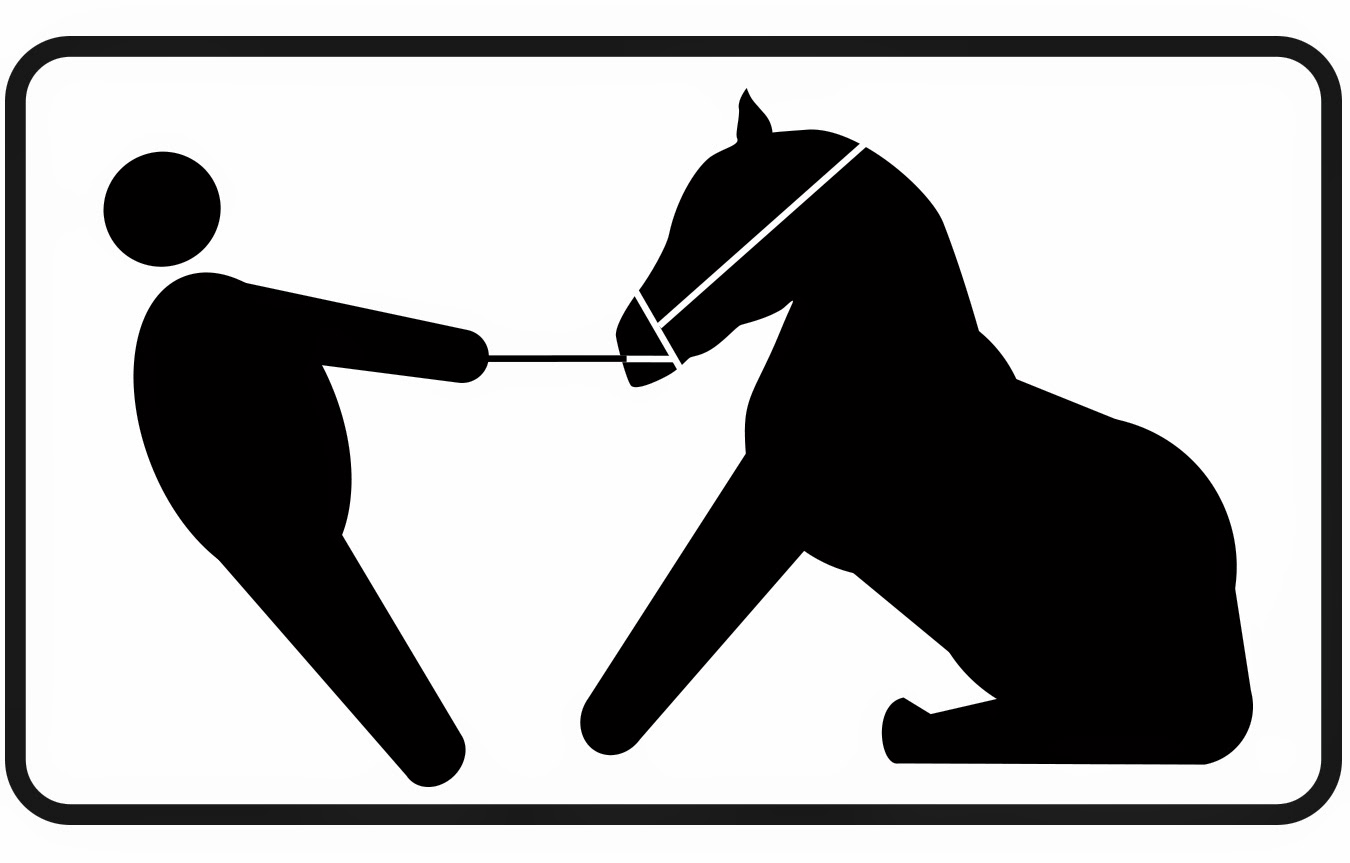Whilst some of the tools I use can be applied easily in both personal and business settings e.g. frameworks for change or landscaping your life, others are much more suited to just personal coaching e.g. Transformation Game and collage cards. These latter tools however don't generally get much of a voice here on my blog.
I'd like this blog post therefore to be my homage to using collage. When you've read this introduction once then you can return again and again to this post and I will add new collage cards over the months for you to explore on your own.
The premise is: our unconscious often knows the solution to any challenge we may be facing. The problem is we don't always know how to listen, or our conscious doesn't want to hear. Using tools such as the collage cards allows us to tap into our inner wisdom.
It's also very simple.
- Think of a problem you'd like insight on
- Then pick a card (see below or there's many on Pinterest on my board or other people's boards)
- Notice what you notice about the card - if you were the card, or an element of the card, what advice would you give to yourself
- How might that advice be applicable to this situation and what action will you take
Too much to do and don't know how to prioritise that list of to-dos - a bit headless chicken like.
Then pick a collage card
Notice what you notice about the card - if you were the card, or an element of the card, what advice would you give to yourself
Don't worry about the big list of to-dos. It's the very size of the list that's stressing you and meaning you're not able to focus. It's important to choose the one thing that is most obvious and do that until completion. Then focus on the next action that needs doing. That way over time things will get done. Spending time prioritising and worrying isn't getting the actions completed.
How might that advice be applicable to this situation and what action will you take
Just do one thing at a time.
NB: You may get a completely different insight applying this card to that situation. That's why it's such a great tool. It's not about saying there's one perfect solution to every challenge. It's about allowing your unconscious to speak to you via the card by drawing your attention to certain aspects of it. That is today, with this challenge, you may notice the patterns that mean the solution is X. If you looked at the image again next week the solution might be Y or if you applied it to a different situation the solution might be K. The key is allowing the more creative side of you to enter into communication with you to help you solve the problem.
There is no right or wrong it's just another tool that can assist you when what you're doing isn't working and you're in need of some inspiration or insight.
There is no right or wrong it's just another tool that can assist you when what you're doing isn't working and you're in need of some inspiration or insight.
I'll add more examples over the coming weeks.
Alison Smith
Inspiring change inside and out - when what you're doing isn't working
More can be found here on going on a workshop or to find coaches using collage cards in their work. The workshop I went on is being repeated in Findhorn in May 2015.
























